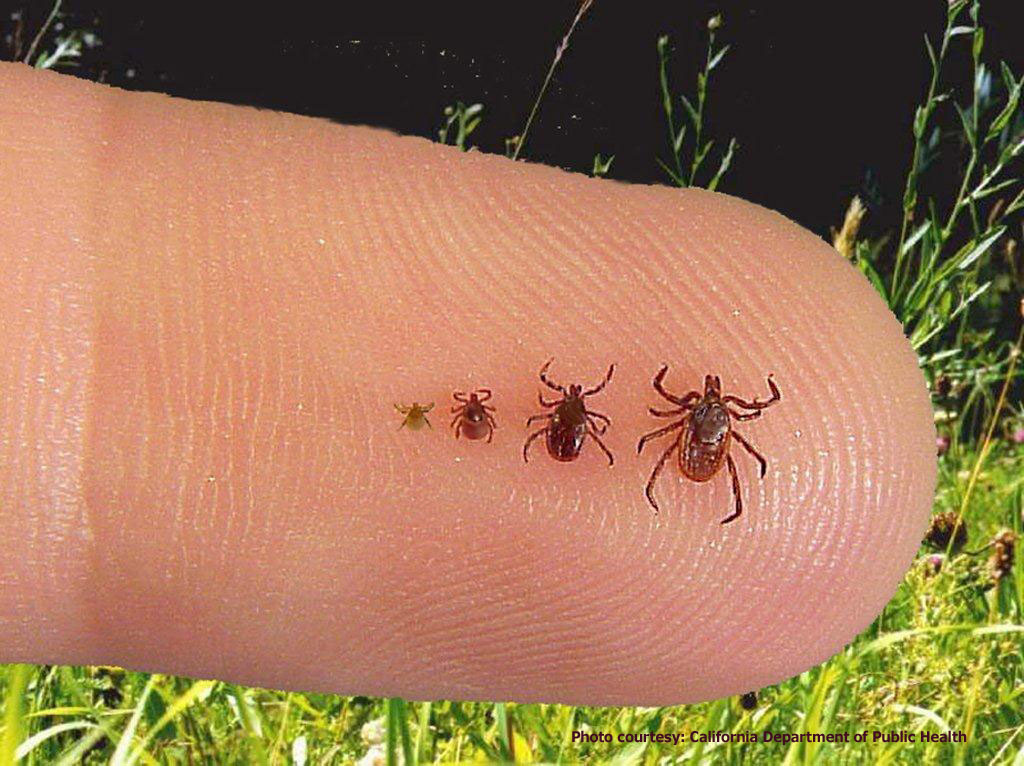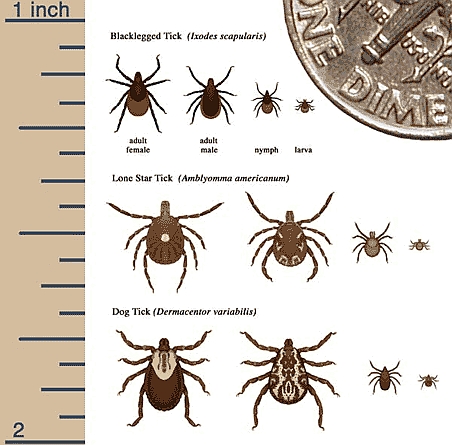
It’s Time for Tick Talk

It’s time to get serious about staying safe in the outdoors this year. It’s time for Tick Talk.
Most ticks do not carry diseases, and most tick bites do not cause serious health problems. But it’s important to avoid, check for, and remove ticks as soon as you find them. Removing ticks may help you avoid complications such as Lyme disease. Avid geocacher (and dedicated nurse) Kelley Piekarek* put together these safety tips so all outdoor enthusiasts can keep themselves safe during tick season.

How to prevent ticks:
- Cover as much of your body as possible in grassy or wooded areas by wear a long-sleeved shirt, long pants (with the legs tucked in to your socks), and a hat
- Wear light-colored clothes – ticks are easier to spot on light colored clothing plus it’ll keep you cool
- When you come in from the outdoors, check your entire body from head toe
- When you come in from the outdoors, also check your entire pet from head to paw
- Heat and sunshine can kill the ticks on clothing. Put your clothes in a hot dryer or lay them in direct sunlight for at least 15 minutes
- Consider using insect repellents that contain DEET
- Remember to check any gear (cameras, backpacks, dog collars) you were wearing for ticks, too!

GAH! I found a tick! How do I remove it?
- Use fine-tipped tweezers or a tick key or – do not handle the tick with bare hands
- Grasp the tick as close to the skin’s surface as possible
- Pull the tick straight away with even pressure
- Do not grab the tick around its swollen belly or squeeze it – that could push infected fluid from the tick into your body
- Do not twist the tick – this may break off the tick’s body and leave the head in your skin
- After the tick has been removed, wash the area of the tick bite with lots of warm water, soap, and rubbing alcohol
- Apply an over the counter antibiotic ointment on the bite
- Dispose of the tick by flushing it down the toilet or placing it in a sealed bag or container
- If you cannot remove a tick, call your doctor or veterinarian

If you’ve been bitten by a tick and develop a rash, headache, joint pain, fever, or flu-like symptoms with a few weeks, you may have a tick-borne illness. A healthcare provider or veterinarian should evaluate you to determine the best course of treatment.
Stay safe out there my friends, and cache on! How do you stay safe while enjoying your favorite hobby?
This blog post was written with help from geocacher extraordinaire Kelley Piekarek. If her name sounds familiar, it may be from this story that made national geocaching news.




